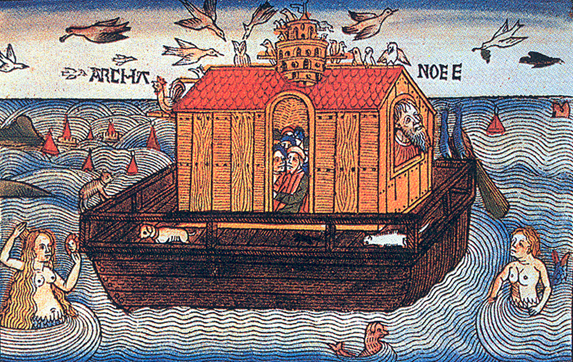Noah Knew the Trick: Sailing Is for the Birds

Columbus didn’t discover America, birds did. Sure, he set sail without so much as a magnetic compass, on a sea most thought would end abruptly somewhere out in the unknown, but he doesn’t deserve all the credit. Who knows what would have happened if Columbus hadn’t observed a flock of birds and followed them to land? In doing so, he used an ancient, well-attested and now much neglected mariner’s trick as old as the Bible itself.
Noah knew the trick. In the Flood account in Genesis 8, Noah releases the dove from the Ark three times. The first time, the dove “can find no resting place” and returns to Noah, signaling that no land is near. A week later, Noah sends the dove out again. This time, the bird returns bearing an olive branch, indicating that the waters are receding. When Noah sets the dove free one week later, it never returns, having found dry land. Noah knows his long boat trip is nearly over.
Ancient Near Eastern Flood accounts record early examples of mariners’ reliance on birds to find land. The practice continued, in one form or another, well into the 19th century. According to a pair of fifth-century Hindu manuscripts, Hindu merchants took birds with them on sea voyages: “When the ship was out of sight of land, they would set the shore-sighting bird free. And it would go to the East and to the South and to the West and to the North, and to the intermediate points, and rise aloft. If on the horizon it caught sight of land, thither would it go, but if not, it would come back to the ship again” (Kevaddha Sutta of Digha).
Already a library member? Log in here.
Institution user? Log in with your IP address.

